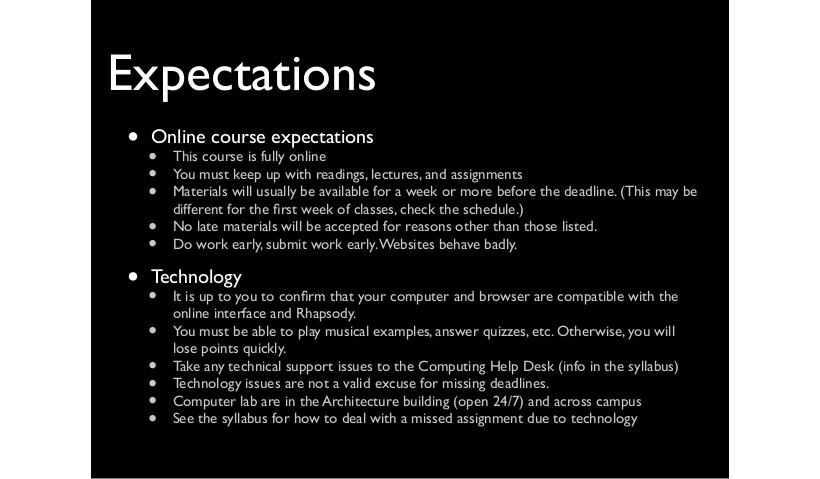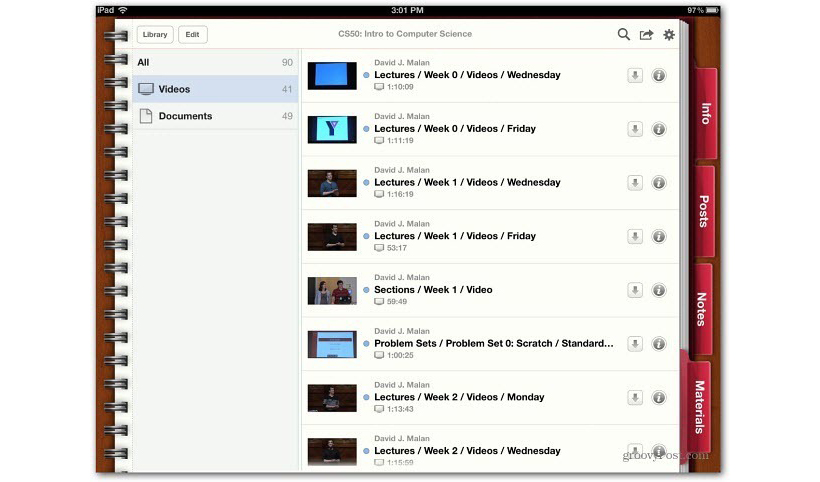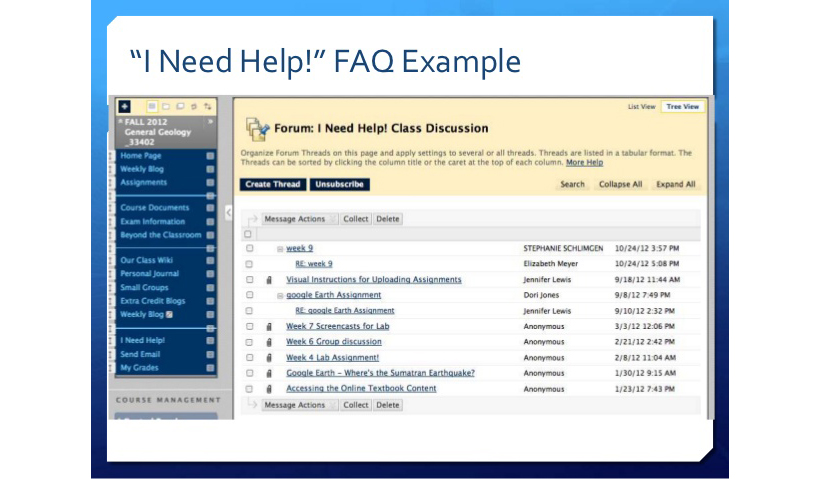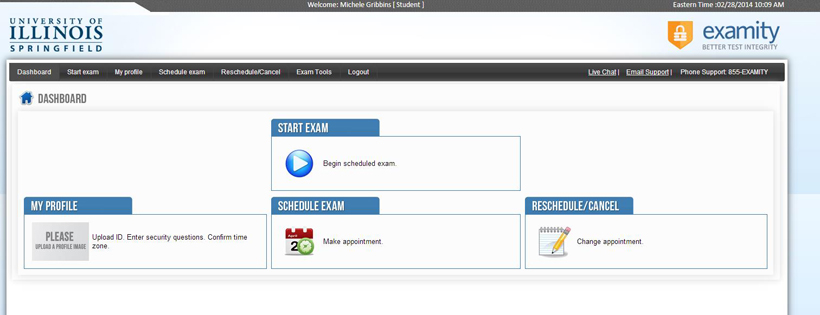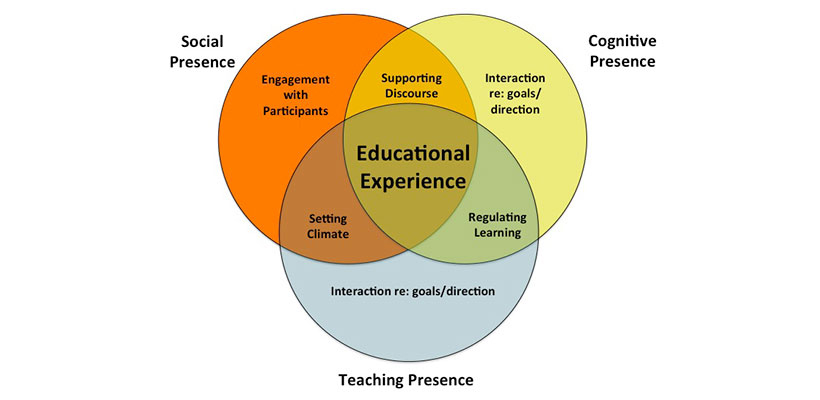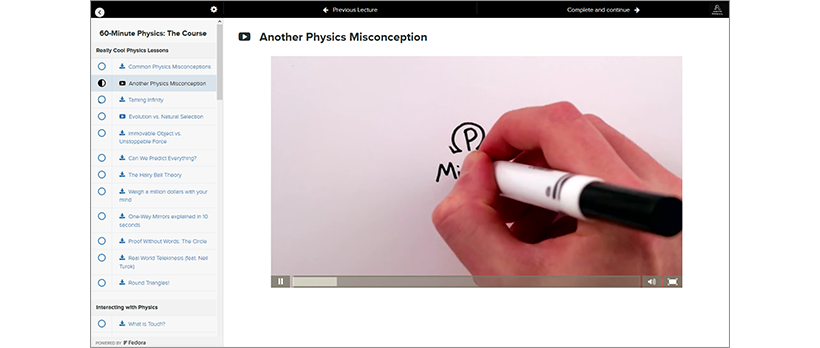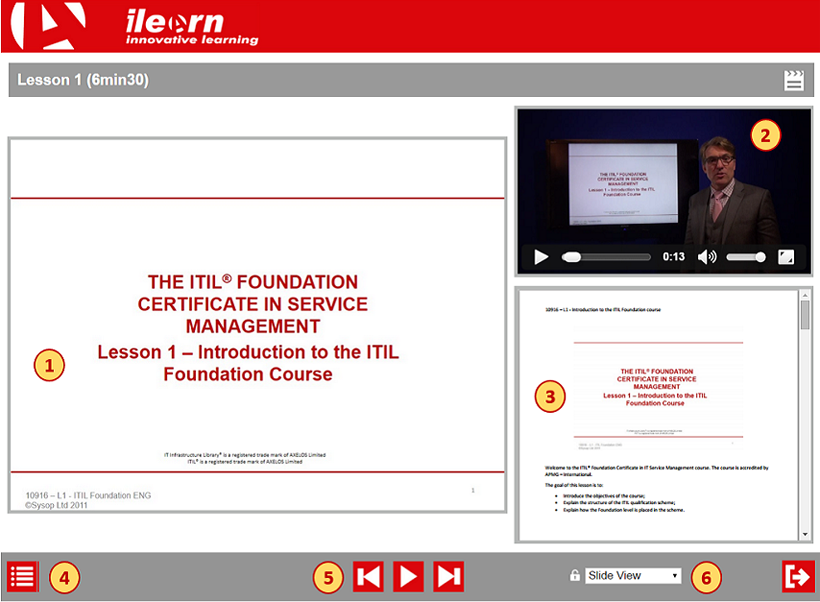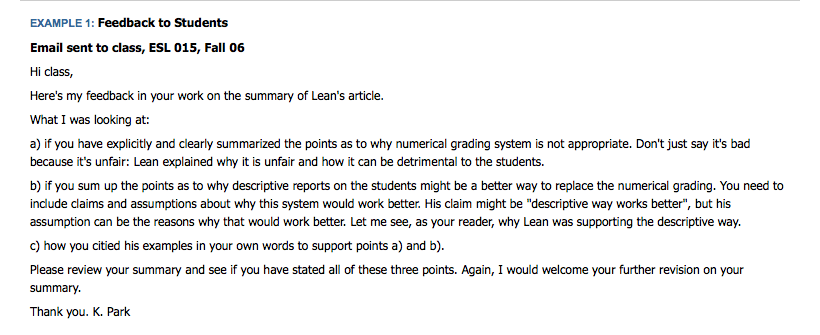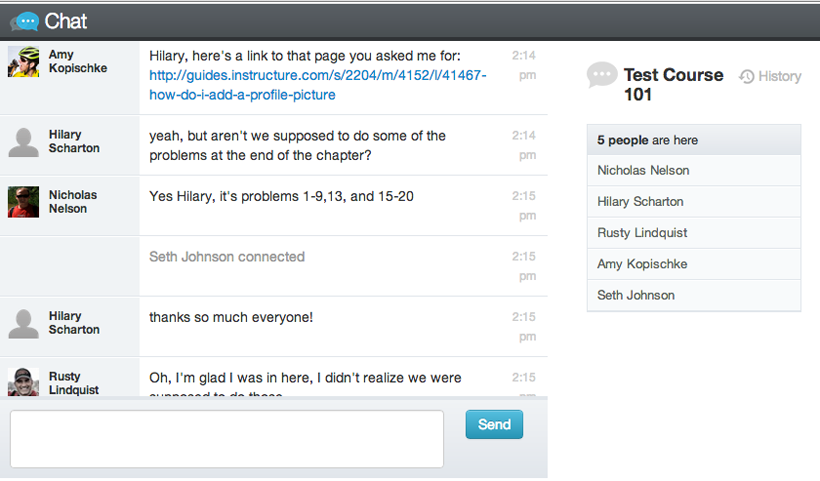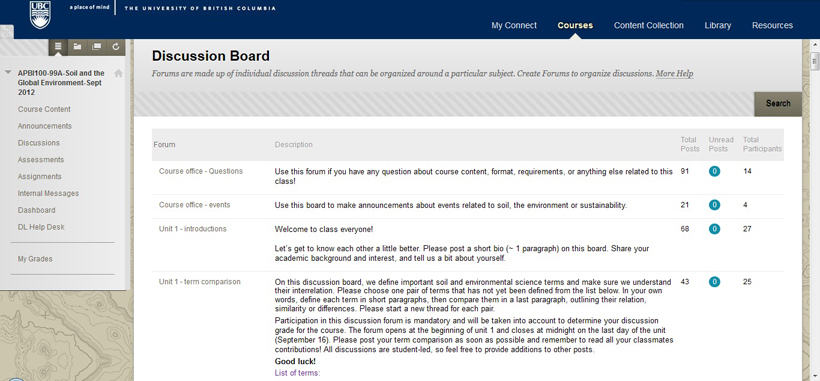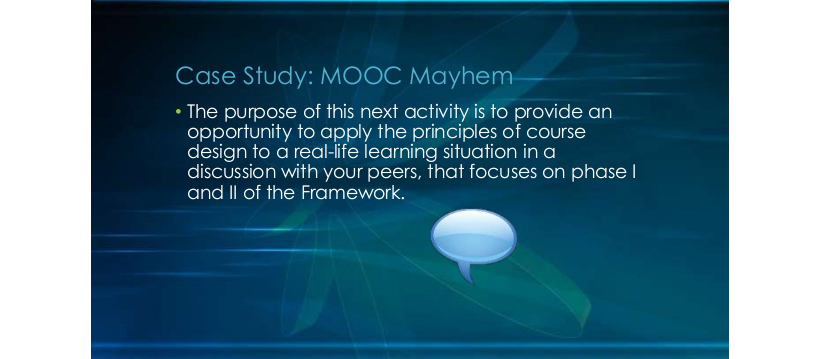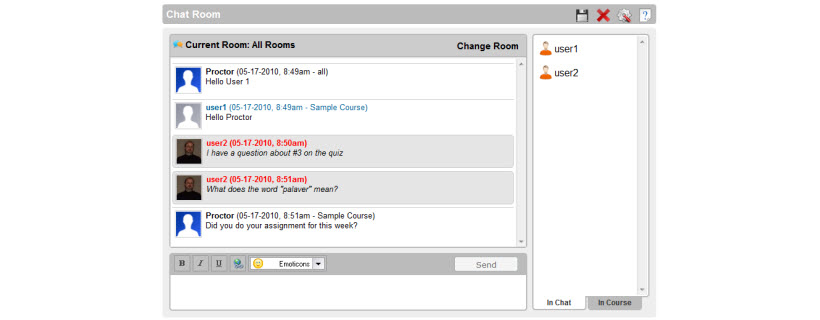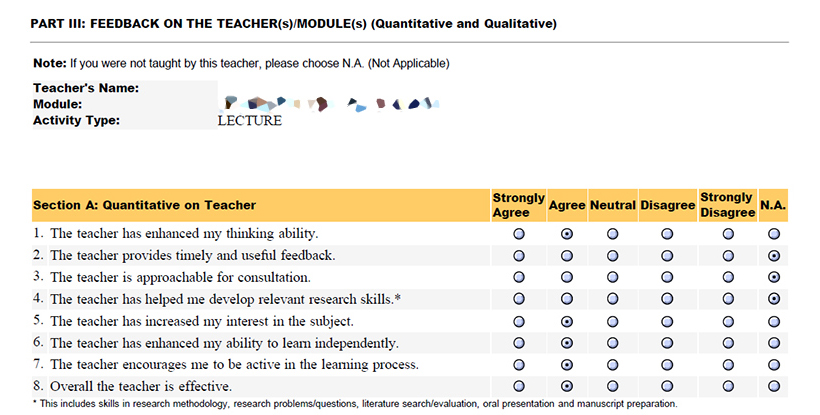Albert Einstein said,
“once you stop learning, you start dying.”

“once you stop learning, you start dying.”
Ideas & Strategies for Teaching
1.
Lecture
by teacher (and what else can you do!)
2.
Class
discussion conducted by teacher (and what else!)
3.
Recitation
oral questions by teacher answered orally by students (then what!)
4.
Discussion
groups conducted by selected student chairpersons (yes, and what else!)
5.
Lecture-demonstration
by teacher (and then what 145 other techniques!)
6.
Lecture-demonstration
by another instructor(s) from a special field (guest speaker)
7.
Presentation
by a panel of instructors or students
8.
Presentations
by student panels from the class: class invited to participate
9.
Student
reports by individuals
10.
Student-group
reports by committees from the class
11.
Debate
(informal) on current issues by students from class
12.
Class
discussions conducted by a student or student committee
13.
Forums
14.
Bulletin
boards
15.
Small
groups such as task oriented, discussion, Socratic
16.
Choral
speaking
17.
Collecting
18.
Textbook
assignments
19.
Reading
assignments in journals, monographs, etc.
20.
Reading
assignments in supplementary books
21.
Assignment
to outline portions of the textbook
22.
Assignment
to outline certain supplementary readings
23.
Debates
(formal)
24.
Crossword
puzzles
25.
Cooking
foods of places studied
26.
Construction
of vocabulary lists
27.
Vocabulary
drills
28.
Diaries
29.
Dances
of places or periods studied
30.
Construction
of summaries by students
31.
Dressing
dolls
32.
Required
term paper
33.
Panel
discussion
34.
Biographical
reports given by students
35.
Reports
on published research studies and experiments by students
36.
Library
research on topics or problems
37.
Written
book reports by students
38.
Flags
39.
Jigsaw
puzzle maps
40.
Hall
of Fame by topic or era (military or political leaders, heroes)
41.
Flannel
boards
42.
Use
of pretest
43.
Gaming
and simulation
44.
Flash
cards
45.
Flowcharts
46.
Interviews
47.
Maps,
transparencies, globes
48.
Mobiles
49.
Audio-tutorial
lessons (individualized instruction)
50.
Models
51.
Music
52.
Field
trips
53.
Drama,
role playing
54.
Open
textbook study
55.
Committee
projects--small groups
56.
Notebook
57.
Murals
and montages
58.
Class
projects
59.
Individual
projects
60.
Quizdown
gaming
61.
Modeling
in various media
62.
Pen
pals
63.
Photographs
64.
Laboratory
experiments performed by more than two students working together
65.
Use
of dramatization, skits, plays
66.
Student
construction of diagrams, charts, or graphs
67.
Making
of posters by students
68.
Students
drawing pictures or cartoons vividly portray principles or facts
69.
Problem
solving or case studies
70.
Puppets
71.
Use
of chalkboard by instructor as aid in teaching
72.
Use
of diagrams, tables, graphs, and charts by instructor in teaching
73.
Use
of exhibits and displays by instructor
74.
Reproductions
75.
Construction
of exhibits and displays by students
76.
Use
of slides
77.
Use
of filmstrips
78.
Use
of motion pictures, educational films, videotapes
79.
Use
of theater motion pictures
80.
Use
of recordings
81.
Use
of radio programs
82.
Use
of television
83.
Role
playing
84.
Sand
tables
85.
School
affiliations
86.
Verbal
illustrations: use of anecdotes and parables to illustrate
87.
Service
projects
88.
Stamps,
coins, and other hobbies
89.
Use
of community or local resources
90.
Story
telling
91.
Surveys
92.
Tutorial:
students assigned to other students for assistance, peer teaching
93.
Coaching:
special assistance provided for students having difficulty in the course
94.
Oral
reports
95.
Word
association activity
96.
Workbooks
97.
Using
case studies reported in literature to illustrate psychological principles and
facts
98.
Construction
of scrapbooks
99.
Applying
simple statistical techniques to class data
100.
Time
lines
101.
"Group
dynamics" techniques
102.
Units
of instruction organized by topics
103.
Non
directive techniques applied to the classroom
104.
Supervised
study during class period
105.
Use
of sociometric text to make sociometric analysis of class
106.
Use
of technology and instructional resources
107.
Open
textbook tests, take home tests
108.
Put
idea into picture
109.
Write
a caption for chart, picture, or cartoon
110.
Reading
aloud
111.
Differentiated
assignment and homework
112.
Telling
about a trip
113.
Mock
convention
114.
Filling
out forms (income tax, checks)
115.
Prepare
editorial for school paper
116.
Attend
council meeting, school boar meeting
117.
Exchanging
"things"
118.
Making
announcements
119.
Taking
part (community elections)
120.
Playing
music from other countries or times
121.
Studying
local history
122.
Compile
list of older citizens as resource people
123.
Students
from abroad (exchange students)
124.
Obtain
free and low cost materials
125.
Collect
old magazines
126.
Collect
colored slides
127.
Visit
an "ethnic" restaurant
128.
Specialize
in one country
129.
Follow
a world leader (in the media)
130.
Visit
an employment agency
131.
Start
a campaign
132.
Conduct
a series
133.
Investigate
a life
134.
Assist
an immigrant
135.
Volunteer
(tutoring, hospital)
136.
Prepare
an exhibit
137.
Detect
propaganda
138.
Join
an organization
139.
Collect
money for a cause
140.
Elect
a "Hall of Fame" for males
141.
Elect
a "Hall of Fame" for females
142.
Construct
a salt map
143.
Construct
a drama
144.
Prepare
presentation for senior citizen group
145.
Invite
senior citizen(s) to present local history to class including displaying
artifacts (clothing, tools, objects, etc.)
146.
Prepare
mock newspaper on specific topic or era
147.
Draw
a giant map on floor of classroom
148.
Research
local archaeological site
149.
Exchange
program with schools from different parts of the state
150.
In
brainstorming small group, students identify a list of techniques and
strategies that best fit their class.
=====================================================================
==================================================================
=====================================================================
How to Maximize Student Learning Time.
Most teachers would argue that they never have enough time to reach every student, particularly the ones that are below grade level. Therefore, every second a teacher has with their students should be a meaningful and productive second.
Successful teachers establish procedures and expectations that minimize wasteful downtime and maximize engaging learning opportunities.
Teachers can utilize the following strategies to maximize student learning time and minimize downtime.
BETTER PLANNING AND PREPARATION
Effective planning and preparation are essential in maximizing student learning time. Too many teachers under-plan and find themselves with nothing to do for the last few minutes of class. Teachers should get in the habit of over-planning— too much is always better than not enough. In addition, teachers should always have their materials laid out and ready to go before students arrive.
Another important—and often overlooked—component of planning and preparation is practice.
Many teachers skip this essential element, but they shouldn't. Independent practice of lessons and activities allows teachers to work out the kinks beforehand, ensuring that minimum instructional time will be lost.
BUFFER THE DISTRACTIONS
Distractions run rampant during school hours. An announcement comes over the loudspeaker, an unexpected guest knocks on the classroom door, an argument breaks out between students during class time.
There is no way to eliminate every single distraction, but some are more easily controlled than others. Teachers can evaluate distractions by keeping a journal over the course of a two-week period. At the end of this period, teachers can better determine which distractions can be limited and formulate a plan to minimize them.
CREATE EFFICIENT PROCEDURES
Classroom procedures are an essential part of the learning environment. Those teachers who operate their classroom like a well-oiled machine maximize student learning time. Teachers should develop efficient procedures for every aspect of the classroom. This includes routine activities such as sharpening pencils, turning in assignments, or getting into groups.
ELIMINATE “FREE TIME”
Most teachers give “free time” at some point during the school day. It is easy to do when we may not be feeling the best or we under-plan. But we know when we give it, we are not taking advantage of the precious time that we have with our students. Our students love “free time”, but it is not what is best for them. As teachers, our mission is to educate. “Free time” runs directly counter to that mission.
ENSURE QUICK TRANSITIONS
Transitions occur every time you switch from one component of a lesson or activity into another.
Transitions when poorly executed can slow a lesson down tremendously. When done right, they are practiced procedures that are quick and seamless. Transitions are a major opportunity for teachers to gain back some of that valuable time. Transitions may also include changing from one class to another. In this case, students must be taught to bring the correct materials to class, use the bathroom or get a drink, and be in their seats ready to learn when the next class period starts.
GIVE CLEAR AND CONCISE DIRECTIONS
A major component in teaching is providing your students with clear and concise directions. In other words, directions should be easy to understand and as simple and straightforward as possible. Poor or confusing directions can stymie a lesson and quickly turn the learning environment into total chaos.
This takes away valuable instruction time and disrupts the learning process. Good directions are given in multiple formats (i.e. verbal and written). Many teachers select a handful of students to summarize the directions before turning them lose to get started on the activity.
HAVE A BACKUP PLAN
No amount of planning can account for everything that could go wrong in a lesson. This makes having a backup plan critical. As a teacher, you make adjustments to lessons on the fly all the time. Occasionally, there will be situations where more than a simple adjustment is needed. Having a backup plan ready can ensure that learning time for that class period will not be lost. In an ideal world, everything will always go according to plan, but the classroom environment is often far from ideal. Teachers should develop a set of backup plans to fall back on should things fall apart at any point.
MAINTAIN CONTROL OF THE CLASSROOM ENVIRONMENT
Many teachers lose valuable instructional time because they have poor classroom management skills. The teacher has failed to gain control of the classroom environment and establish a relationship of mutual trust and respect with their students. These teachers are continuously having to redirect students and often spend more time correcting students than teaching them. This is perhaps the most limiting factor in maximizing learning time. Teachers must develop and maintain effective classroom management skills where learning is valued, the teacher is respected, and expectations and procedures are set and met beginning on day one.
PRACTICE PROCEDURAL STEPS WITH STUDENTS
Even the best intentions fall by the wayside if students do not truly understand what is being asked of them. This problem can be easily taken care of with a little practice and repetition. Veteran teachers will tell you that the tone for the year is often set within the first few days. This is the time to practice your expected procedures and expectations over and over. Teachers who take the time within the first few days to drill these procedures will save valuable instructional time as they move throughout the year.
STAY ON TASK
It is easy for teachers to get distracted and veer off topic from time to time. There are some students who, frankly, are masters at making this happen. They are able to engage a teacher in a conversation about a personal interest or tell a funny story that captivates the classes attention but keeps them from completing the lessons and activities scheduled for the day. To maximize student learning time, teachers must maintain control of the pace and flow of the environment. While no teacher wants to miss out on a teachable moment, you don't want to chase rabbits either.
==================================================================
The Best Strategies to Handle a Disruptive Student
1. Prevention First
2. Stay Calm and Emotion Free
3. Be Firm and Direct
4. Listen Carefully to Student
5. Remove the Audience
6. Give Student Ownership
7. Conduct a Parent Meeting
8. Create a Student Behavior Plan
9. Get an Administrator Involved
10. Follow Up
========================================================
| 10 Effective DAP Teaching Strategies | |
An effective teacher or family child care provider chooses a strategy to fit a particular situation. It’s important to consider what the children already know and can do and the learning goals for the specific situation. By remaining flexible and observant, we can determine which strategy may be most effective. Often, if one strategy doesn’t work, another will.
===================================================================================
20 Differentiated Instruction Strategies and Examples
This can involve adjusting:
To help create lessons that engage and resonate with a diverse classroom, below are 20 differentiated instruction strategies and examples. Available in a condensed and printable list for your desk, you can use 16 in most classes and the last four for math lessons.
Try the ones that best apply to you, depending on factors such as student age.
1. Create Learning Stations
Provide different types of content by setting up learning stations — divided sections of your classroom through which groups of students rotate.
Each station should use a unique method of teaching a skill or concept related to your lesson.
For example, students can rotate between stations that involve:
To help students process the content after they’ve been through the stations, you can hold a class discussion or assign questions to answer.
2. Use Task Cards
Like learning stations, task cards allow you to give students a range of content. Answering task cards can also be a small-group activity, adding variety to classes that normally focus on solo or large-group learning.
First, make or identify tasks and questions that you’d typically find on worksheets or in textbooks.
Second, print and laminate cards that each contain a single task or question. Or, use Teachers Pay Teachers to buy pre-made cards.
Finally, set up stations around your classroom and pair students together to rotate through them.
You can individualize instruction by monitoring the pairs, addressing knowledge gaps when needed.
3. Interview Students
Asking questions about learning and studying styles can help you pinpoint the kinds of content that will meet your class’s needs.
While running learning stations or a large-group activity, pull each student aside for a few minutes. Ask about:
Track your results to identify themes and students with uncommon preferences, helping you determine which methods of instruction suit their abilities.
4. Target Different Senses Within Lessons
A lesson should resonate with more students if it targets visual, tactile, auditory and kinesthetic senses, instead of only one.
When applicable, appeal to a range of learning styles by:
Not only will these tactics help more students grasp the core concepts of lessons, but make class more engaging.
5. Share Your Own Strengths and Weaknesses
To familiarize students with the idea of differentiated learning, you may find it beneficial to explain that not everyone builds skills and processes information the same way.
Talking about your own strengths and weaknesses is one way of doing this.
Explain — on a personal level — how you study and review lessons. Share tactics that do and don’t work for you, encouraging students to try them.
Not only should this help them understand that people naturally learn differently, but give them insight into improving how they process information.
6. Use the Think-Pair-Share Strategy
The think-pair-share strategy exposes students to three lesson-processing experiences within one activity. It’s also easy to monitor and support students as they complete each step.
As the strategy’s name implies, start by asking students to individually think about a given topic or answer a specific question.
Next, pair students together to discuss their results and findings.
Finally, have each pair share their ideas with the rest of the class, and open the floor for further discussion.
Because the differentiated instruction strategy allows students to process your lesson content individually, in a small group and in a large group, it caters to your classroom’s range of learning and personality types.
7. Make Time for Journaling
A journal can be a tool for students to reflect on the lessons you’ve taught and activities you’ve run, helping them process new information.
When possible at the end of class, give students a chance to make a journal entry by:
As they continue to make entries, they should figure out which ones effectively allow them to process fresh content.
8. Implement Reflection and Goal-Setting Exercises
An extension of journaling, have students reflect on important lessons and set goals for further learning at pre-determined points of the year.
During these points, ask students to write about their favourite topics, as well as the most interesting concepts and information they’ve learned.
They should also identify skills to improve and topics to explore.
Based on the results, you can target lessons to help meet these goals. For example, if the bulk of students discuss a certain aspect of the science curriculum, you can design more activities around it.
9. Run Literature Circles
Organizing students into literature circles not only encourages students to shape and inform each other’s understanding of readings, but helps auditory and participatory learners retain more information.
This also gives you an opportunity to listen to each circle’s discussion, asking questions and filling in gaps in understanding.
As a bonus, some students may develop leadership skills by running the discussion.
This activity makes written content — which, at times, may only be accessible to individual learners with strong reading retention — easier to process for more students.
10. Offer Different Types of Free Study Time
Free study time will generally benefit students who prefer to learn individually, but can be slightly altered to also help their classmates process your lessons.
This can be done by dividing your class into clearly-sectioned solo and team activities.
Consider the following free study exercises to also meet the preferences of visual, auditory and kinesthetic learners:
By running these sorts of activities, free study time will begin to benefit diverse learners — not just students who easily process information through quiet, individual work.
11. Group Students with Similar Learning Styles
Heterogenous grouping is a common practice, but grouping students based on similar learning style can encourage collaboration through common work and thinking practices.
This is not to be confused with grouping students based on similar level of ability or understanding.
In some cases, doing so conflicts with the “Teach Up” principle, which is discussed below.
Rather, this tactic allows like-minded students to support each other’s learning while giving you to time to spend with each group. You can then offer the optimal kind of instruction to suit each group’s common needs and preferences.
12. Give Different Sets of Reading Comprehension Activities
Instead of focusing on written products, consider evaluating reading comprehension through questions and activities that test different aptitudes.
Although written answers may still appeal to many students, others may thrive and best challenge themselves during artistic or kinesthetic tasks.
For example, allow students to choose between some of the following activities before, during and after an important reading:
Offering structured options can help students demonstrate their understanding of content as effectively as possible, giving you more insight into their abilities.
13. Assign Open-Ended Projects
Similar to evaluating reading comprehension, give students a list of projects to find one that lets them effectively demonstrate their knowledge.
Include a clear rubric for each type of project, which clearly defines expectations. Doing so will keep it challenging and help students meet specific criteria.
By both enticing and challenging students, this approach encourages them to:
As well as benefiting students, this differentiated instruction strategy will clearly showcase distinct work and learning styles.
14. Encourage Students to Propose Ideas for Their Projects
As well as offering set options, encourage students to take their projects from concept to completion by pitching you ideas.
A student must show how the product will meet academic standards, and be open to your revisions. If the pitch doesn’t meet your standards, tell the student to refine the idea until it does. If it doesn’t by a predetermined date, assign one of your set options.
You may be pleasantly surprised by some pitches.
After all, students themselves are the focus of differentiated instruction — they likely have somewhat of a grasp on their learning styles and abilities.
15. Analyze Your Differentiated Instruction Strategy on a Regular Basis
Even if you’re confident in your overall approach, Carol Ann Tomlinson — one of the most reputable topic thought-leaders — recommends analyzing your differentiated instruction strategies:
Analyze your strategy by reflecting on:
In doing so, you’ll refine your approach to appropriately accommodate the multiple intelligences of students.
16. “Teach Up”
Teaching at a level that’s too easily accessible to each student can harm your differentiated instruction efforts, according to Tomlinson.
Instead, she recommends “teaching up.” This eliminates the pitfall being stuck on low-level ideas, seldom reaching advanced concepts:
Keeping this concept in mind should focus your differentiated teaching strategy, helping you bring each student up to “high-end curriculum and expectations.”
Differentiated Math Instruction Strategies and Examples17. Use Math EdTech that Adjusts Itself to Each Student
Some EdTech tools — such as certain educational math video games — can deliver differentiated content, while providing unique ways to process it.
For example, Prodigy adjusts questions to tackle student trouble spots and offers math problems that use words, charts and pictures, as well as numbers.
To the benefit of teachers, the game is free and aligned with CCSS, TEKS, MAFS and Ontario curricula for grades 1 to 8. You can adjust the focus of questions to supplement lessons and homework, running reports to examine each student’s progress.
Create and sign into your free teacher account here:
18. Relate Math to Personal Interests and Everyday Examples
Clearly linking math to personal interests and real-world examples can help some learners understand key concepts.
Working with 41 grade 7 students throughout an academic year, a 2015 study published by the Canadian Center of Science and Education
Striving for similar benefits may be ambitious, but you can start by surveying students. Ask about their interests and how they use math outside of school.
Using your findings, you should find that contextualization helps some students grasp new or unfamiliar math concepts.
19. Play a Math-Focused Version of Tic-Tac-Toe
Help students practice different math skills by playing a game that’s a take on tic-tac-toe.
Prepare by dividing a sheet into squares — three vertical by three horizontal. Don’t leave them blank. Instead, fill the boxes with questions that test different abilities.
For example:
You can hand out sheets to students for solo practice, or divide them into pairs and encourage friendly competition. The first one to link three Xs or Os — by correctly completing questions — wins.
So, depending on your preferences, this game will challenge diverse learners through either individual or small-group practice.
20. Create Learning Stations, without Mandatory Rotations
Provide differentiated math learning opportunities for your students by setting up unique learning stations across your classrooms, but forgoing mandatory rotations.
The idea
Only allow students to switch stations if they feel the need. If they do, consult them about their decision. In each case, you and the student will likely learn more about his or her learning style.
Supplemented by your circulation between stations to address gaps in prior knowledge, this activity exposes students to exercises that appeal to diverse abilities.
=================================================================================== |

20 Online Teaching Strategies for Virtual Learning Environments



